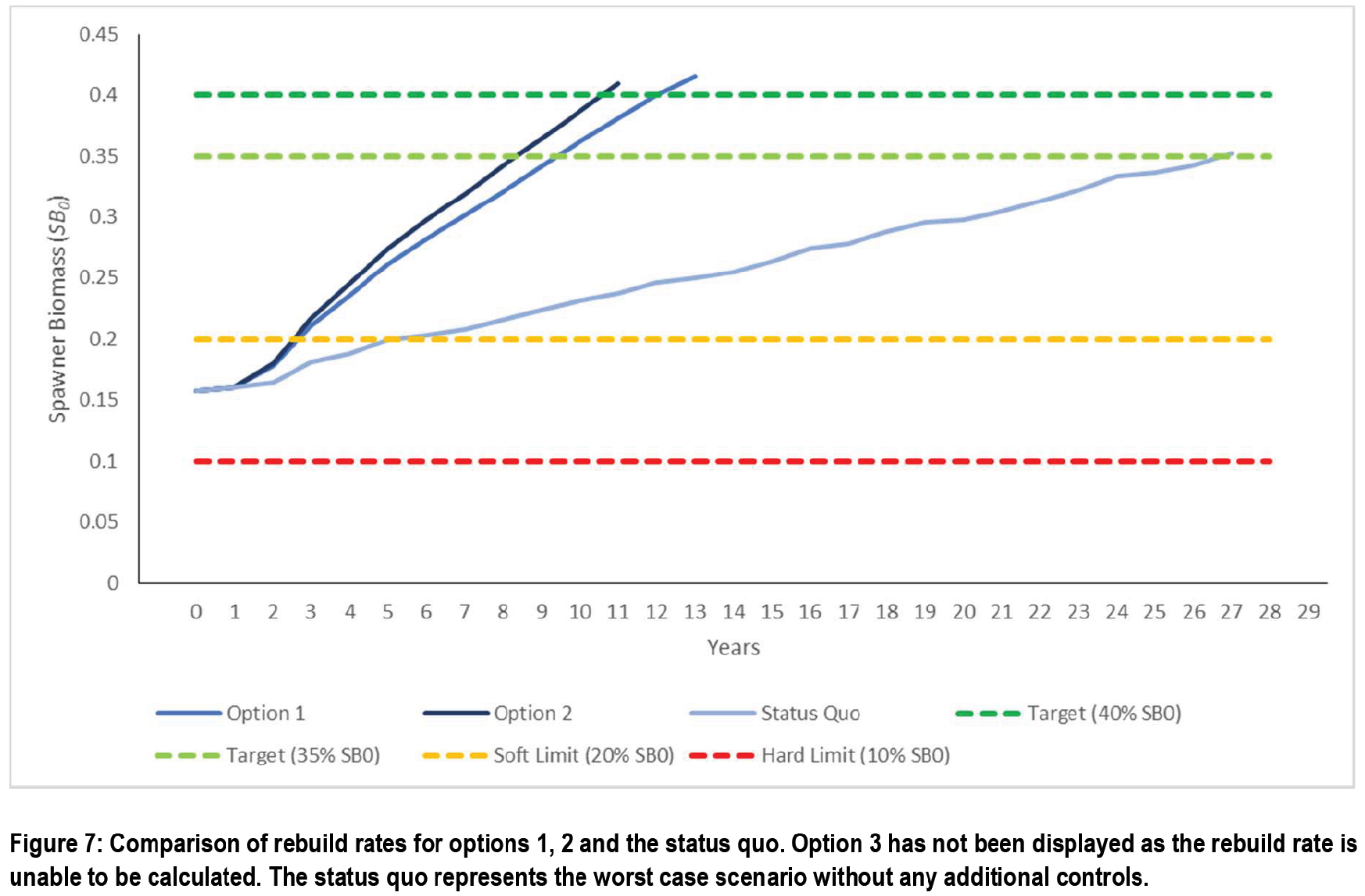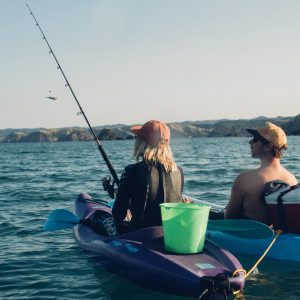Tarakihi management is under review and we need you to get stuck in and support the Minister to make a precautionary decision aimed at rebuilding depleted stocks on the east coast between Otago and Northland.

Last year over 9000 of us signed LegaSea’s Time Out for Tarakihi petition calling for the Minister to cut commercial catches by 65%. Stuart Nash reduced catches by 20% and promised another review this year. Stock levels have dropped further so now is the time for a bold decision to protect tarakihi from collapsing.
There are no plans to reduce recreational catch limits as the allowances were reduced by 66% last year. This year Fisheries New Zealand has proposed two options to reduce the Total Allowable Commercial Catch (TACC), by a further 31% (option 1) or 35% (option 2). In making his decision last year, Stuart Nash noted that a 35% cut was most likely this year.
Our initial assessment of the available information from the latest stock assessment model supports the need for a 35% cut so the rebuild of tarakihi stocks can get underway quickly. The target is to rebuild the tarakihi biomass to 40% of its original, unfished level. If the reduced catch is maintained the model predicts that the stock will rebuild and be close to the target level in 11 years.
However, there are signs that climate change is already affecting fish distribution and productivity. Regular reviews of the eastern tarakihi stock will be needed to monitor progress.
There is another proposal, option 3, that has been developed by commercial interests – Fisheries Inshore New Zealand, Te Ohu Kaimoana and Southern Inshore Fisheries. This plan stalls any further catch reductions. These companies are promising improved commercial fishing practices to reduce juvenile mortality and their support for more research leading up to the next stock assessment in 2021.
There is no doubt there will be consequences for the inshore trawl fleet from decisive cuts to commercial catch limits. However, we cannot ignore the science any longer, there must be cuts if we are to save tarakihi from collapse.
The management target level for tarakihi is 40% of unfished biomass, its estimated natural level before industrial fishing began. Until 2018 there had not been a full stock assessment for any eastern tarakihi stock. In 2018 it was estimated the stock was at 17% of the unfished biomass level. A repeat assessment in 2019 showed a further decline, to just 15.9%, and this was prior to the 20% cut to commercial catch last year. Decisive action is required now, and we believe the Minister must not yield to any more stalling tactics.
LegaSea will be working with our New Zealand Sport Fishing Council fisheries team to develop a submission supporting a 35% TACC cut. There are four tarakihi stocks between Northland and Otago and the cuts will vary between regions. A lot of effort went into last year’s submission process and we will look to maximise the value from that work and your heartfelt responses to our Time Out for Tarakihi campaign.
What we do know
- Tarakihi is a popular table fish for recreational fishers. The Ministry rate tarakihi as one of the top five recreational finfish species.
- Tarakihi is the third most valuable inshore commercial finfish with catches around 6,000 tonnes per year.
- The failure to acknowledge and reduce over-allocated commercial catch limits year on year has enabled unconstrained trawling effort and the targeting of spawning aggregations.
- The 2018 stock assessment shows that tarakihi stocks on the east coast of both islands have been well below the management target level since 1975 and are now seriously depleted.
- In 2018 over 9000 people signed the Time Out for Tarakihi petition calling for action to restore abundance.
- A 35% cut to commercial catch limits is the most likely of the current options to start tarakihi stocks rebuilding to healthy levels.
- Your submission is due with the Ministry by July 26th, 2019.

Figure 7 above is from the Fisheries New Zealand discussion document. It is a comparison of the number of years to rebuild east coast tarakihi to the 40% unfished biomass target (Dark green dash), for option 2 (dark blue), option 1 (mid blue), and current TACCs (status quo) (light blue). The rebuild rate for the commercial industry plan cannot be calculated; with no cuts to the Total Allowable Commercial Catch (TACC) it will be close to the status quo line for the next five years at least. Long term predictions are more uncertain.
More info
Fisheries New Zealand information is online.
Time Out for Tarakihi info online.





